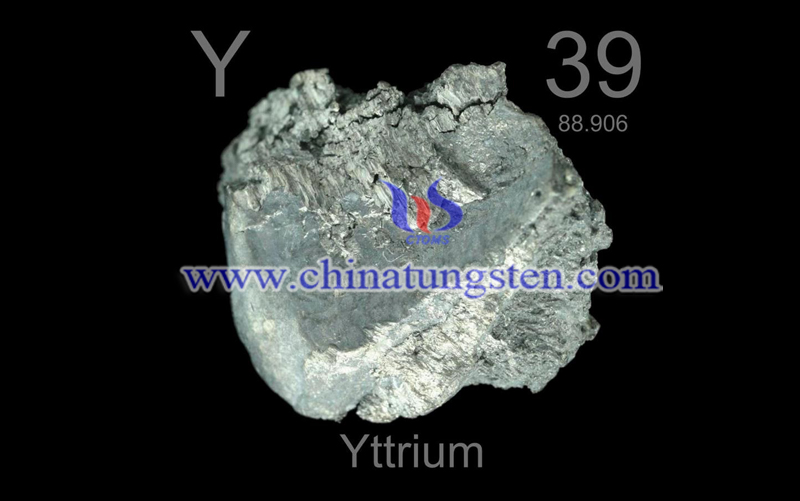Lattice of Yttrium and Palladium Makes for Epoch-Making Catalyst
- Details
- Category: Tungsten's News
- Published on Thursday, 13 February 2020 20:27
A group of materials scientists at the Tokyo Institute of Technology (Tokyo Tech) discovered that Y3Pd2, the yttrium and palladium intermetallic compound, can improve the efficiency of carbon-carbon cross-coupling reactions. Their findings point the way to a more sustainable world through catalyst.
Yttrium is a silvery-metallic transition metal chemically similar to the lanthanides and has often been classified as a "rare-earth element". The element is almost always found in combination with lanthanide elements in rare-earth minerals and is never found in nature as a free element.

Researchers at Tokyo Tech have developed an electret material consisting of yttrium and palladium (Y3Pd2) as a catalyst for the Suzuki cross-coupling reaction. This reaction is the most widely used in organic and medicinal chemistry to form carbon-carbon bonds. Related research results were published in Nature Communications.
According to Tiannan Ye, an assistant professor at the Tokyo Tech's Materials Research Center for Element Strategy, the first author of the study, Y3Pd2 is considered to be an effective choice based on theoretical calculations. He said: "In an electride, anionic electrons are trapped in interstitial sites and typically host a strong electron donation effect," he says. "This feature motivated us to apply Y3Pd2 as a Suzuki coupling reaction catalyst as the reaction barrier of the rate-determining step can be suppressed through electron transfer from the electride to the substrates."
In laboratory tests, Y3Pd2 has a catalytic activity ten times higher than that of pure Pd, and its activation energy is reduced by 35%. What makes Y3Pd2 so efficient and stable is that active Pd atoms are successfully incorporated into the electronic lattice of intermetallic compounds. Tiannan Ye further explained: " The stabilized Pd active sites in our crystalline lattice solve the problems of aggregation and leaching that have commonly occurred in other systems reported so far. This makes our catalyst extremely robust and stable for long-term usage, without deactivation."
The reusability of the catalyst (up to 20 cycles) and the relative ease of Pd atoms can be recovered represents an important step towards further sustainability in the chemical industry. Tiannan Ye said: "The idea of combining yttrium and palladium was inspired by the work of Jens Kehlet Nørskov of Stanford University. In 2009, Nørskov and colleagues published groundbreaking discoveries about catalysts for the alloying of platinum with early transition metals, including yttrium. Since then, many groups have been studying new combinations of intermetallic compounds (composed of rare earth metal and an active transition metal) to develop more efficient catalysts for the chemical industry.
Through a series of calculations and experimental studies, Tiannan Ye and his team proved that Y3Pd2 has a strong electron-donating effect associated with a low work function and high carrier density. These features enable the catalyst to work with lower activation energy than that made of a pure Pd.
To solve the problem of the relatively low surface area of Y3Pd2, the research team used a pulverizing technique called ball-milling and compared the catalytic activity of different solvents such as heptane and ethanol. In all samples to date, the team found that the Suzuki coupling reaction rate increased in proportion to the increase in surface area. "These initial results show that the method is 'very promising', and that the catalytic performance could be improved by further nanocrystallization," Ye said.
- Rare Earth Manufacturer & Supplier, Chinatungsten Online: www.chinatungsten.com
- Tungsten News & Prices of China Tungsten Industry Association: www.ctia.com.cn
- Molybdenum News & Price: news.molybdenum.com.cn
- Tel.: 86 592 5129696; Fax: 86 592 5129797; Email: sales@chinatungsten.com



 sales@chinatungsten.com
sales@chinatungsten.com